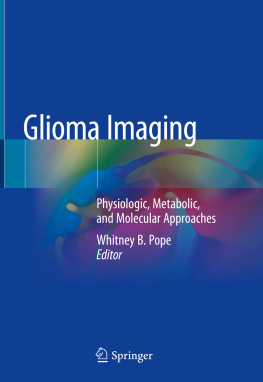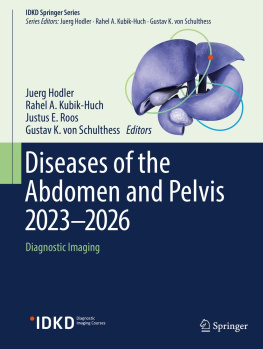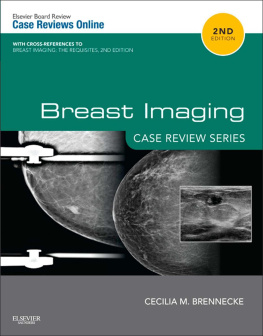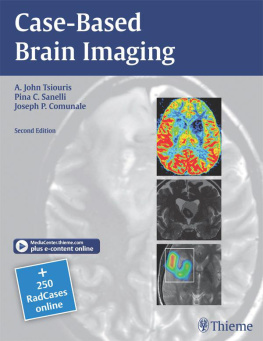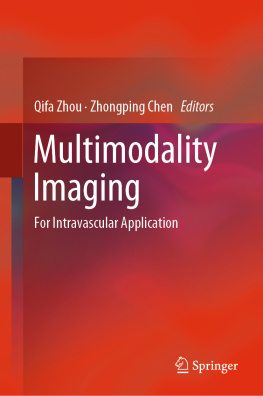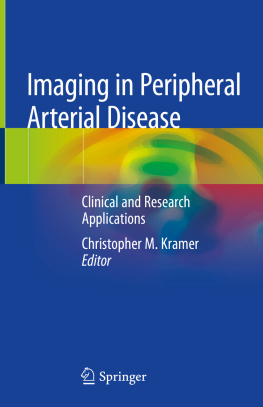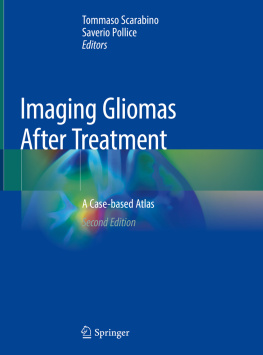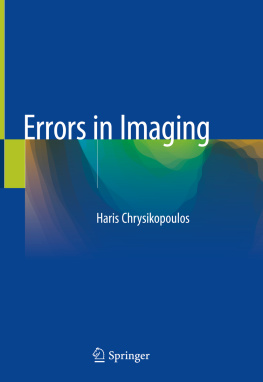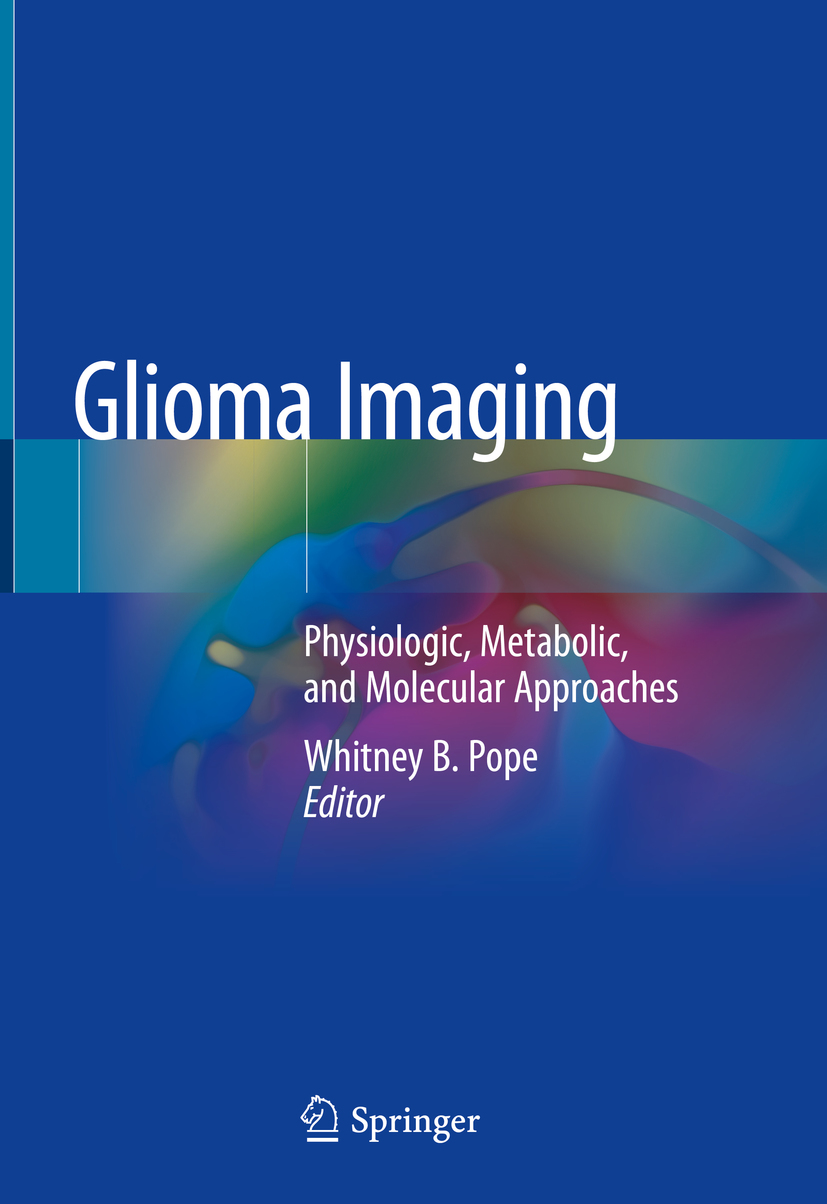Editor
Whitney B. Pope
David Geffen School of Medicine at UCLA, Los Angeles, CA, USA
ISBN 978-3-030-27358-3 e-ISBN 978-3-030-27359-0
https://doi.org/10.1007/978-3-030-27359-0
Springer Nature Switzerland AG 2020
This work is subject to copyright. All rights are reserved by the Publisher, whether the whole or part of the material is concerned, specifically the rights of translation, reprinting, reuse of illustrations, recitation, broadcasting, reproduction on microfilms or in any other physical way, and transmission or information storage and retrieval, electronic adaptation, computer software, or by similar or dissimilar methodology now known or hereafter developed.
The use of general descriptive names, registered names, trademarks, service marks, etc. in this publication does not imply, even in the absence of a specific statement, that such names are exempt from the relevant protective laws and regulations and therefore free for general use.
The publisher, the authors, and the editors are safe to assume that the advice and information in this book are believed to be true and accurate at the date of publication. Neither the publisher nor the authors or the editors give a warranty, expressed or implied, with respect to the material contained herein or for any errors or omissions that may have been made. The publisher remains neutral with regard to jurisdictional claims in published maps and institutional affiliations.
This Springer imprint is published by the registered company Springer Nature Switzerland AG
The registered company address is: Gewerbestrasse 11, 6330 Cham, Switzerland
Preface
This book is intended to provide the most up-to-date synthesis of imaging with glioma biology and to highlight areas of unmet clinical need. Its focus is gliomas in adult patients. Gliomas are the most frequently occurring primary brain tumor. They range in grade from I to IV, with grade IV (glioblastoma) being not just the most malignant but also the most common. MRI is central to the clinical management of gliomas. Clinicians use MRI to generate differential diagnoses, improve neurosurgical planning, assess resection extent, and follow changes in tumor burden over the course of treatment. Though critically important, tracking tumor burden has historically presented significant challenges for MRI, particularly in distinguishing treatment effect from recurrent or residual disease. Addressing some of these difficulties, brain tumor treatment response has been formalized using Response Assessment in Neuro-Oncology (RANO) criteria based on measurements of enhancing tumor. Complementary to MRI, PET scans can refine characterization of tumor burden, adding value to standard imaging, especially when coupled with newer amino acid tracers that serve as markers for protein synthesis. This book explores the ever-expanding role of MR and PET in managing glioma patients, as reflected both in contemporary medical practice and in new applications being developed and validated for clinical use.
In many ways, the future is here. The molecular characterization of brain tumors has substantially advanced over the past decade and is now fundamental to the identification of many gliomas, as reflected in the updated 2016 World Health Organization (WHO) guidelines for brain tumor classification. Imaging techniques have advanced apace. Once used almost exclusively to characterize anatomic features of a tumor, newer approaches can now interrogate a wide range of tumor physiologic and metabolic characteristics. Additionally, entirely new fields such as radiomics and imaging genomics are emerging, and with them are enormous data sets that ultimately may be most effectively mined by artificial intelligence/machine learning-based paradigms. Yet a fundamental challenge remains: how can researchers and clinicians leverage these vast quantities of data into imaging-generated biomarkers that improve patient outcomes? Although traditionally it is the primary marker of disease burden, measurement of contrast enhancement retains its manifold limitations. Even with T2-weighted and FLAIR sequences, standard imaging can lack sufficient specificity and sensitivity for tumor in common clinical scenarios like pseudo-progression and pseudoresponse. Looking forward, this book examines path-breaking efforts to move beyond contrast enhancement in addressing imaging needs of glioma patientswhether for predictive markers tailored to emerging treatments like immunotherapy or early response markers to hasten assessment of therapy effectivenessthat remain unmet.
The contributors for this volume are renowned leaders from around the world in fields encompassing clinical neuroradiology, neuro-oncology, and basic science imaging research. This work should be highly useful for general as well as subspecialized radiologists who interpret brain tumor imaging, as well as for neuro-oncologists, clinicians developing brain tumor trials who rely on imaging endpoints, neurosurgeons who resect gliomas, and also those researchers looking for perspective in understanding imaging-based global assessment of tumor status.
The book begins by outlining the current standard of care for high-grade gliomas and the role of MR imaging in providing that standard of care. It then details the biological underpinnings of blood-brain barrier breakdown, as bidimensional measurements of contrast enhancement remain the accepted quantitative measure of tumor burden. In subsequent chapters, the theoretical basis for important and widely available physiologic imaging techniques, including perfusion- and diffusion-weighted protocols and analysis, is examined in detail. A separate chapter is dedicated to major changes in the recent WHO reclassification of brain tumorschanges that are crucial to the daily practice of clinical neuroradiologists. Additional chapters explore the transformation of lower-grade tumors into more malignant ones, together with a raft of new technologies that advance our ability to image tumor physiology and metabolism, including CEST, amino acid PET, and spectroscopy. Informatics-based approaches that encompass big data and machine learning in the context of imaging genomics and radiomics are also addressed. Turning to treatment, the book reviews important recent advances in immunotherapy and its impact on brain tumor imaging interpretation. The book concludes with a review of multi-institutional efforts to standardize imaging protocol and interpretationa matter of paramount importance for ongoing and future clinical trials.
In marrying state of the practice and state of the science assessments, this work is intended to help integrate emerging imaging technologies with clinical practice while also providing a more precise understanding of underlying tumor biology. This understanding, in turn, should facilitate individualized patient treatment, improve the application of imaging in clinical trials, and illustrate areas where new approaches can yield needed improvements in glioma characterization, all with the ultimate goal of lengthening and bettering the lives of brain tumor patients.
Whitney B. Pope
Los Angeles, CA, USA

